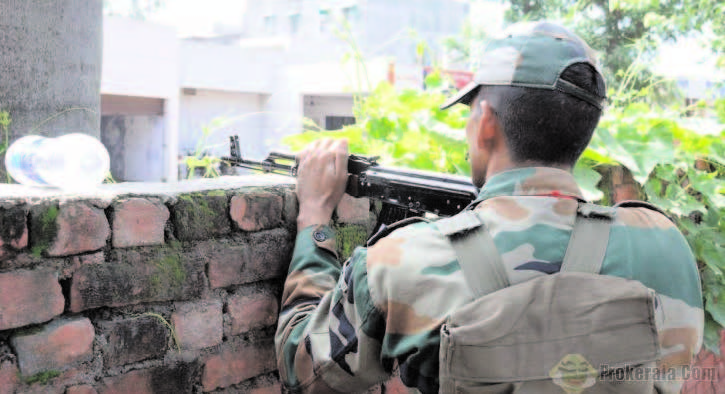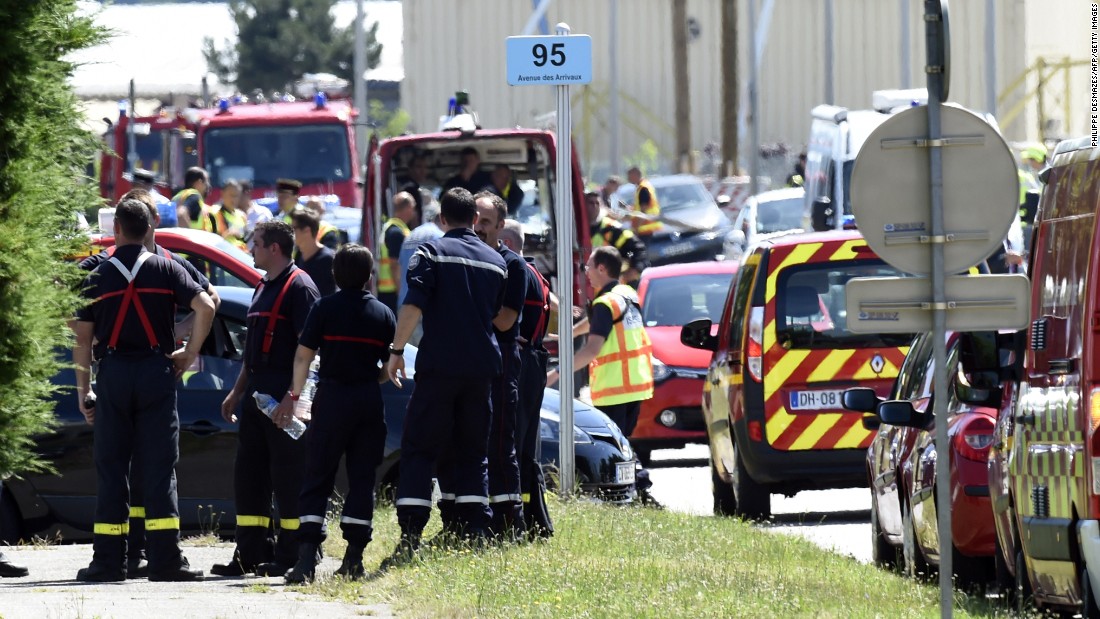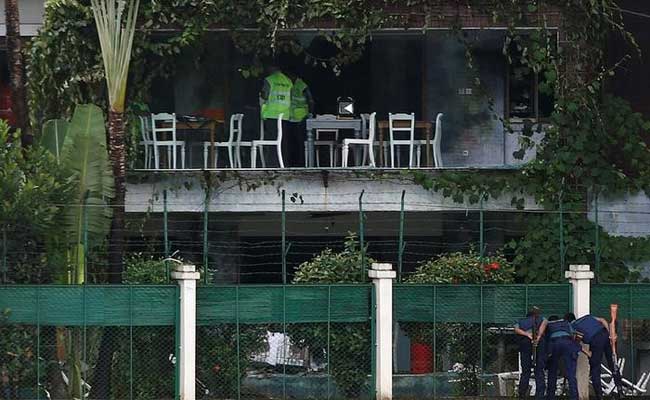
Sand bags and fortifications have come up again outside the Dinanagar Police Station as an aftermath of the July 27 terrorist attack, which could have led to a bigger disaster if a bus driver and railway employees were not alert enough.
The attack, the first such attack in nearly two decades in Punjab, is a wake up call for the security agencies in the state which had adopted a smug attitude after a peaceful span and had not expected such an attack as only Jammu and Kashmir had remained on the target of the terrorists from across the border over the years.
Fortunately there is no indication of involvement of Sikh militants or supporters of Khalistan. There were initial reports quoting an eyewitness that there was a Sikh in the group. However, his claim was proved wrong and apparently in a state of panic he thought that one of the terrorist with long hair was a Sikh. Even a section of media initially speculated the hand of separatists based in Pakistan. Their speculation was solely based on assumption that such attacks from across the border were only aimed at Jammu and Kashmir and that there was no reason for them to have crossed into Punjab.
However, they were proved wrong as the terrorists did not shout any slogan in favor of Khalistan nor did they leave behind any placard, banner or document to even remotely link the attack with the demand for Khalistan. The only reason, what the investigations have come to a conclusion, is that they found Punjab region an easy target in view of heavy security deployment in Jammu and Kashmir.
Now it is not just the Dinanagar Police Station, which is located only about 15 kilometers from the international border, but several other police posts and stations close to the border have been ordered to set up security posts outside their complexes.
The fortifications are a reminder for the old timers who were witness to macabre play of violence, torture, death and destruction during the decade and a half of bloodshed in the 80s and 90s in Punjab. Not just the fortifications outside the police stations, there were the ubiquitous nakas (check points) dreaded by all citizens. The highways and other roads were deserted before the sun set and there was a general atmosphere of fear. The attack has come as a rude reminder of the dark era which had brought the state on the brink of ruin and had left thousands killed and maimed.
While the new generation, just stepping into youth, may be unaware of the situation during the dark period, those who had witnessed and particularly those who had suffered, now dread a repeat of such a situation. In fact there was hardly any family which was not affected directly or indirectly and many had to leave their homes and hearths for safety or a new life.
Old timers recall how it was the rule of the security forces during the day time and that of the militants during the night hours, particularly in the rural areas. The common people were the worst targets from both the sides. Even if someone was remotely suspected to be protecting or supporting militants, the police would pick him up and there was little surety that he would ever return. Similarly if the militants suspected any one to be a police informer, he would face the wrath of the militants.
There were tales of young men picked up by the security forces who were initially kept in torture cells and then there were reports that they had “attempted” to escape and were shot dead. Even till date there is no information about hundreds of young men of whom there is just no trace. Thus thousands of families were ruined and there is still no closure for them even though several policemen were still facing trial for alleged fake encounters. At couple of police offices, facing serious charges, have committed suicide.
On the other hand it was the writ of the militants in the state, particularly in the rural areas, where they took shelter a night. There were several instances in which the militants killed innocents. There were also incidents when they ordered all non Sikhs to come out of public buses, lined them up and shot them dead. In one particular instance, they queued up engineering students from other states and shot them dead.
On the other hand it was the writ of the militants in the state, particularly in the rural areas, where they took shelter a night. There were several instances in which the militants killed innocents. There were also incidents when they ordered all non Sikhs to come out of public buses, lined them up and shot them dead. In one particular instance, they queued up engineering students from other states and shot them dead.
Even as violence dominated the state and the common people suffered, there was a sharp decline in its economy. While funds were diverted for security, and often misused or misappropriated, the businessmen began moving outside the state to safer pastures. Several of them, who were particularly targeted by militants as well as security personnel, wound up their establishments and shifted to other states. Even now, many of them have not returned.
The Gurdaspur terror attack as brought back the specter of violence. The GPS coordinates have confirmed the target of the terrorists was Punjab and not Jammu and Kashmir this time. This could be partly due to their strategy to widen the arc of their target areas so as to further stretch the resources of security forces. Also, a mischievous attempt to vitiate the peaceful atmosphere of Punjab cannot be totally ruled out. The ultimate target of the terrorists to reach Gurdaspur is an indication that they were not aiming at fomenting trouble in Jammu and Kashmir.
If the reports are true, this incident, seen in conjunction with the attempts to revive the demand for Khalistan, could point to a more sinister design behind the attack. Even as a section of NRIs are reportedly stepping up their effort to re-ignite the flames in India, their protégé 83-year Surat Singh Khalsa is currently on indefinite fast to demand release of Sikh prisoners who had completed their terms. This may not be possible because as per a Supreme Court ruling those prisoners who are convicted for terrorism and other heinous crimes cannot be given remission and have to serve the entire life in jail if they were handed over life term.
Another indication of the militants and their supporters getting active is the demand to shift Sikh prisoners to Punjab. The state government has recently helped in getting two of these, including Devinder Singh Bhullar, to Punjab. Though a mental patient, Bhullar poses no threat to anyone but the reception they got from a section of supporters of Khalistan on their arrival in the state was an indication that the demand is still brewing and a little push may disturb the hard earned peace in Punjab. Also there are reports that a section of NRIs have started a campaign called Referendum 2020 to build public demand for a referendum in favor of a separate state. A resolution to this effect was recently passed in Toronto and there are apprehensions that the demand may be raised during Prime Minister Narendra Modi‘s visit abroad next month. The union home ministry had also recently sent an advisory to the state government to step up alert and guard itself from attempts to revive militancy in the state.





Be the first to comment